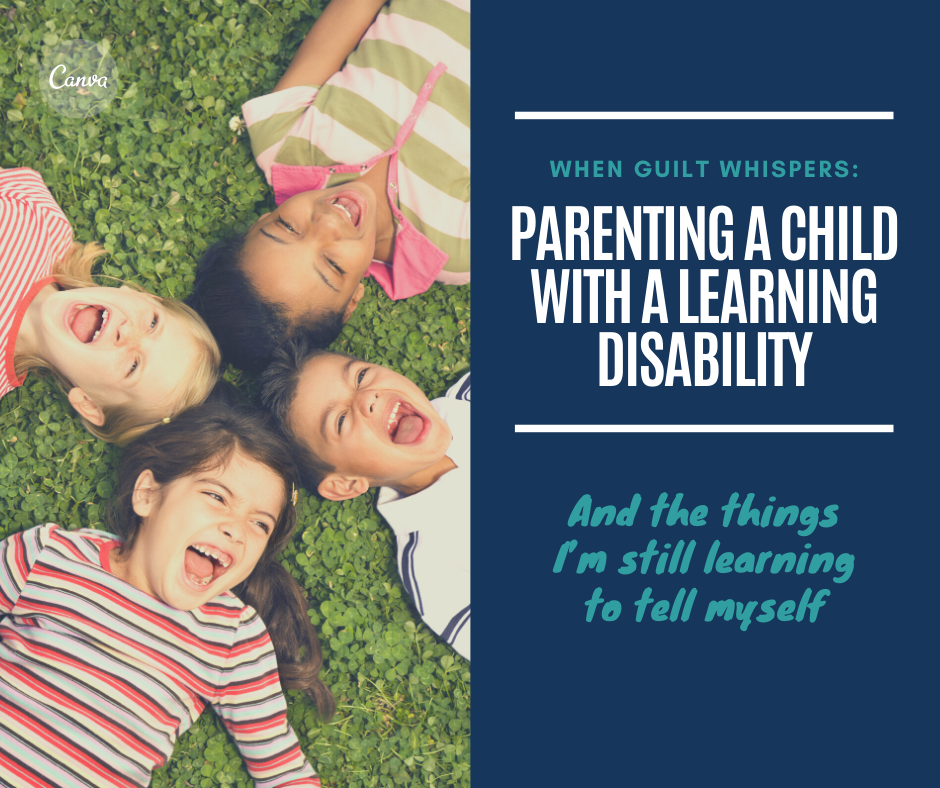Beyond Accommodations: Building Trust With Students
- Therese Ajtum-Roberts Ed.D.
- Aug 19
- 3 min read

A Message for K–12 and Higher Ed Educators
With the new academic year right around the corner, many of you are busy prepping classes, setting up classrooms, and reflecting on how best to reach every student in your care.
There are countless strategies to support students with disabilities — and I’ll share more practical tools in a future post. But today, I want to focus on something equally important, yet often overlooked: human connection.
Beyond the Paperwork
Too often, our work with students with disabilities begins and ends with compliance. We review IEPs, sign off on accommodation forms, make small adjustments to last year’s lesson plans, or modify assignments to be more inclusive — and then stop there.
But what if we went one step further? What if we made an intentional effort to connect with students as people, not just as checkboxes?
This fall, when you receive a student’s IEP or accommodation notice, pause. Take time to really read it. And if a couple of weeks go by without hearing from the student, don’t wait — reach out.
Starting the Conversation
In elementary classrooms, these conversations will naturally happen face-to-face. Adjust your language for age and understanding. A short, warm exchange can make a huge difference:
“I know you’ve been working hard with Mr. Smith, but if you ever get stuck and he’s not around, I’m here to help — and I’d be excited to work with you.”
For older students — middle school through college — an email can be a safe, private way to start. It protects their privacy, gives them control, and avoids putting them on the spot in front of peers.
Your message doesn’t have to be long. Something simple can open the door:
Sample Email
Dear [Student],
I’m excited to have you in class this semester. I’ve reviewed your accommodations and would love to check in about how we can best put them into practice. Please feel free to email me, stop by after class, or come to office hours so we can make a plan together.
Looking forward to working with you,
[Your Name]
Why It Matters
Some might ask, “Isn’t it the student’s responsibility to advocate?” Yes — self-advocacy is a vital skill. But not all students are starting from the same place.
For many, simply naming their disability is still new. They may carry secrecy, self-blame, or shame. They may “get by” academically, but not yet know how to ask for what they need. A teacher’s first step can change everything. It tells students: You’re safe here. I see you. I’m on your side.
A Personal Story
When I was in 9th grade, I once tried to tell my social studies teacher that I had a learning disability. Before I could even finish, he cut me off:
“This is a college-level class. If you can’t handle it, get out.”
I was stunned. I pushed back, explaining that I learn differently and wanted to talk about how to succeed in his class. Just then, one of my special education teachers walked in to explain my accommodations. Another later suggested I switch out of the class.
I stayed. I finished the year with an A–. But those words — “If you can’t handle it, get out” — have echoed in my mind ever since. They made me feel “less than.” They resurfaced years later when I struggled to start assignments or considered going for my doctorate. I rose to the challenge — but how many other students would have simply retreated?
Students Carry History With Them
Many of our students arrive with baggage from moments like that — times when they tried to advocate but were dismissed, silenced, or shamed. A simple conversation or short email from you can help dismantle that history and replace it with trust.
Connection Builds Success
At the end of the day, you could have the most accessible, well-designed classroom on paper — but if a student doesn’t feel safe coming to you, they may never fully use what’s available.
So, as you prepare to welcome students this year, build connection into your routines.
In a large-group setting or class-wide email, let all students know that you’re aware some may have accommodations.
Invite them to check in with you individually and explain why that can be important.
Follow up personally with students who don’t come forward. Ask how they learn best. Remind them they’re not alone — and that your classroom is a place where they can thrive.
A Small Action, A Big Difference
You may never know how much difference one small gesture of connection makes. But for a student who has never heard an educator say, “I see you, and I’m here to help,” it can mean everything.
Here’s to a new school year — and to helping every student feel seen, heard, and supported.




Comments